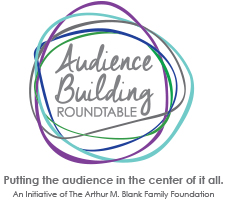By Stacey Lucas, Children’s Museum of Atlanta
The Challenge
Children’s Museum of Atlanta, like most organizations with the word “Museum” in their moniker, has a very long history of not collecting data from guests. In general, Museums have fostered a “walk-up” culture, sometimes collecting zip codes but rarely collecting full data sets of their guests. Without accurate data, patrons become a “moment in time” as opposed to a potential return guest, member, or donor.
